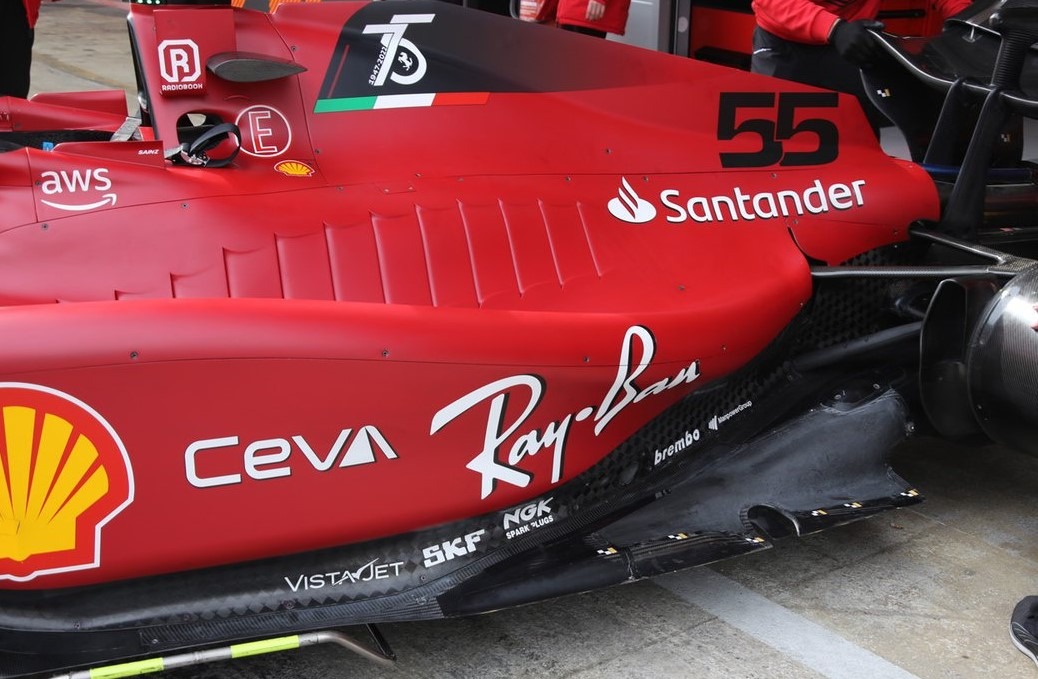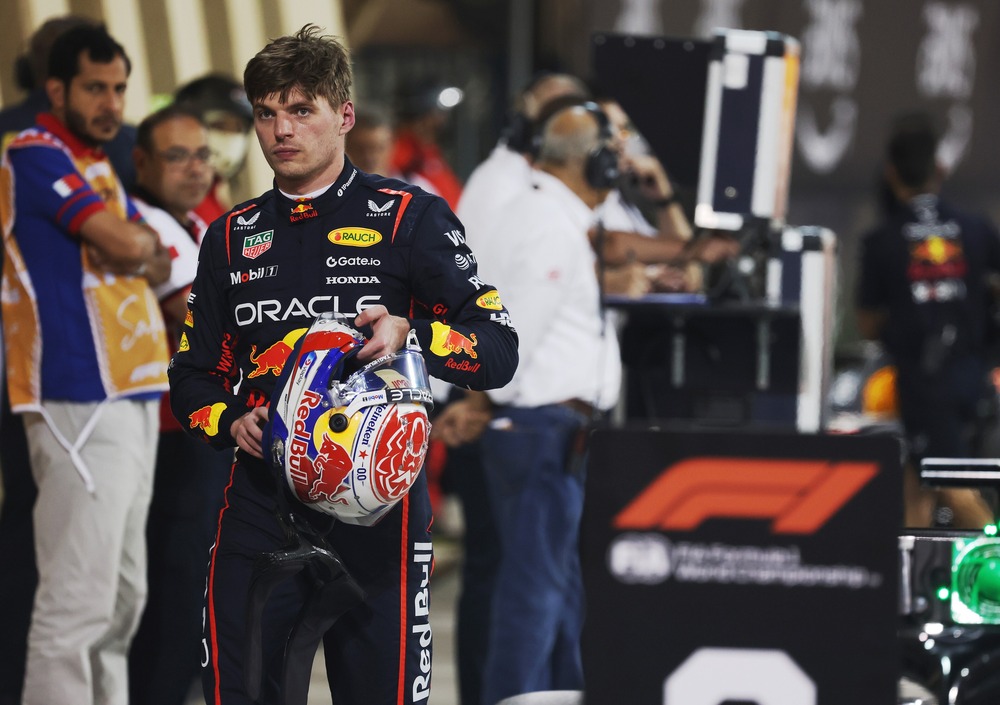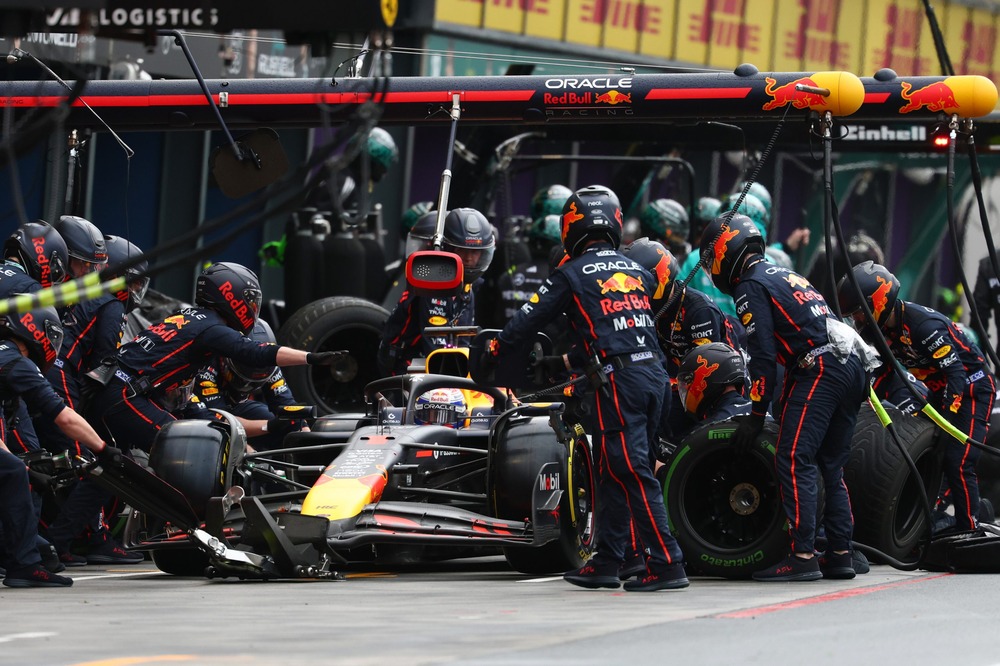The teams are satisfied with the way things were handled following the FIA’s dismissal of claims that Ferrari breached testing rules at Imola, while emphasising on the need for transparency.
Despite the fact that the Italian team only participated in one day of the two-day test that followed the Emilia Romagna Grand Prix, both drivers, Charles Leclerc and Carlos Sainz, were on duty.
The Italian team was accused of breaking the rules by running two different floors over the course of the day, despite the fact that the tests are intended just for tyre testing and not for the teams to acquire information on their own cars by testing new components.
As a result, the modifications that teams can make to their cars during the race are strictly limited. Nevertheless, the vehicles must only run to a previously used spec, either during a Grand Prix weekend or during testing, and set-up adjustments must be approved by the team.
There were claims that Ferrari made two different floor modifications, with Red Bull seeking clarification from the FIA, it was later revealed that the floor in question had been used in pre-season testing.
Red Bull team principal Christian Horner was asked if he was pleased with the FIA’s answer and if there were any underlying fears that teams might utilise the testing to evaluate other components.
“Ultimately it’s up to the FIA to police, because the understanding of the regulations regarding tyre testing is you have to run in a fixed format of car specification,” Horner said.
“If you need to replace a part, it can only be to an older specification of part that’s previously run.”
“I think the excitement about the Ferrari floor was it appeared to have… it was certainly different between the morning and the afternoon and appeared to have some new components.”
“However, the FIA have subsequently confirmed that Ferrari ran that floor in pre-season testing, so therefore it complies.”
The teams are keen to collect as much data as possible as a result of the rule changes, especially in light of the porpoising issue that was only discovered once the cars were on the track. As a result, it’s natural if teams try to exploit the tyre tests for their own gain.
“It’s for the FIA to do that police work and due diligence,” Horner added. “What we certainly want to avoid is, because these cars are so immature.”
“It’s still very early in their development stage, that tyre tests don’t turn into aerodynamic or performance development tests. That is not the purpose of those tests.”
Mercedes boss Toto Wolff also gave his view on the issue requesting FIA to be strict on car modifications.
“I’ve seen, obviously, the tweet with the two pictures, but the FIA just needs to be on top of these things,” Wolff said.
“It can’t be that any team runs a component in an environment it shouldn’t be doing and I guess if the FIA was not 100% on it, I’m sure they will be now.”
McLaren boss Zak Brown was also aware of the issue: “I’ve heard the story, I think what’s important is that we do have total trust in the FIA to police the sport, whether it’s at a test or a race weekend.”
“But then, we also need total transparency, it’s been suggested – or so I’ve heard – that maybe it was on an older floor,” he added.
“Maybe that was the case, but I think what’s important is that if that’s the case, demonstrate that to the teams… Just give us confidence that it’s been policed appropriately, and total transparency.”
“We’ve had in the past, not long ago, an engine violation a few years back, and then there was a significant fine,” said the American.
“We don’t know how much and we also don’t know exactly what was done, and I think in today’s day and age, total transparency will help the sport understand what happened, why it happened, and what’s been done about it.”
Alpine CEO, Laurent Rossi added: “I don’t know what the details are either, I know of the suspicion, but I wouldn’t say… I wouldn’t point a finger yet, because I don’t know the details, so that wouldn’t be fair,” Rossi admitted.
“But at the end of the day, all we need is transparency, we need to know if there was something wrong or not, and if there is, what’s the outcome? That’s it.”
“All we need is transparency. I wouldn’t point fingers at a moment. I don’t know. But really, the most important thing is that we leave that under a veil and then we don’t know what’s going on.”






